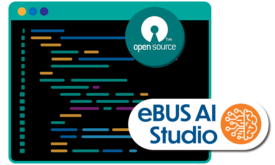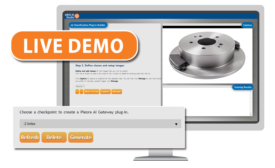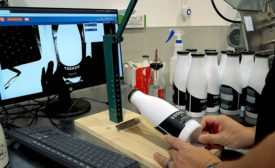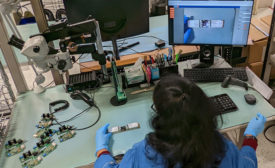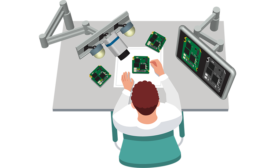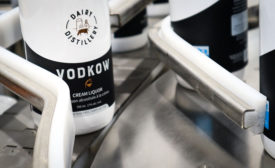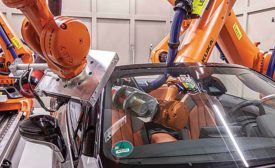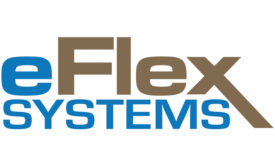Home » quality control
Articles Tagged with ''quality control''
Sponsored Content
Live Webinar – Protect Your Business with AI for Visual Inspection
February 15, 2022
Sponsored Content
Brand Protection and Management with AI Visual Inspection
February 15, 2022
Sponsored Content
AI Visual Inspection System Helps Ensure Brand Quality for Dairy Distillery
February 15, 2022
Never miss the latest news and trends driving the manufacturing industry
Stay in the know on the latest assembly trends.
JOIN TODAY!Copyright ©2024. All Rights Reserved BNP Media.
Design, CMS, Hosting & Web Development :: ePublishing
